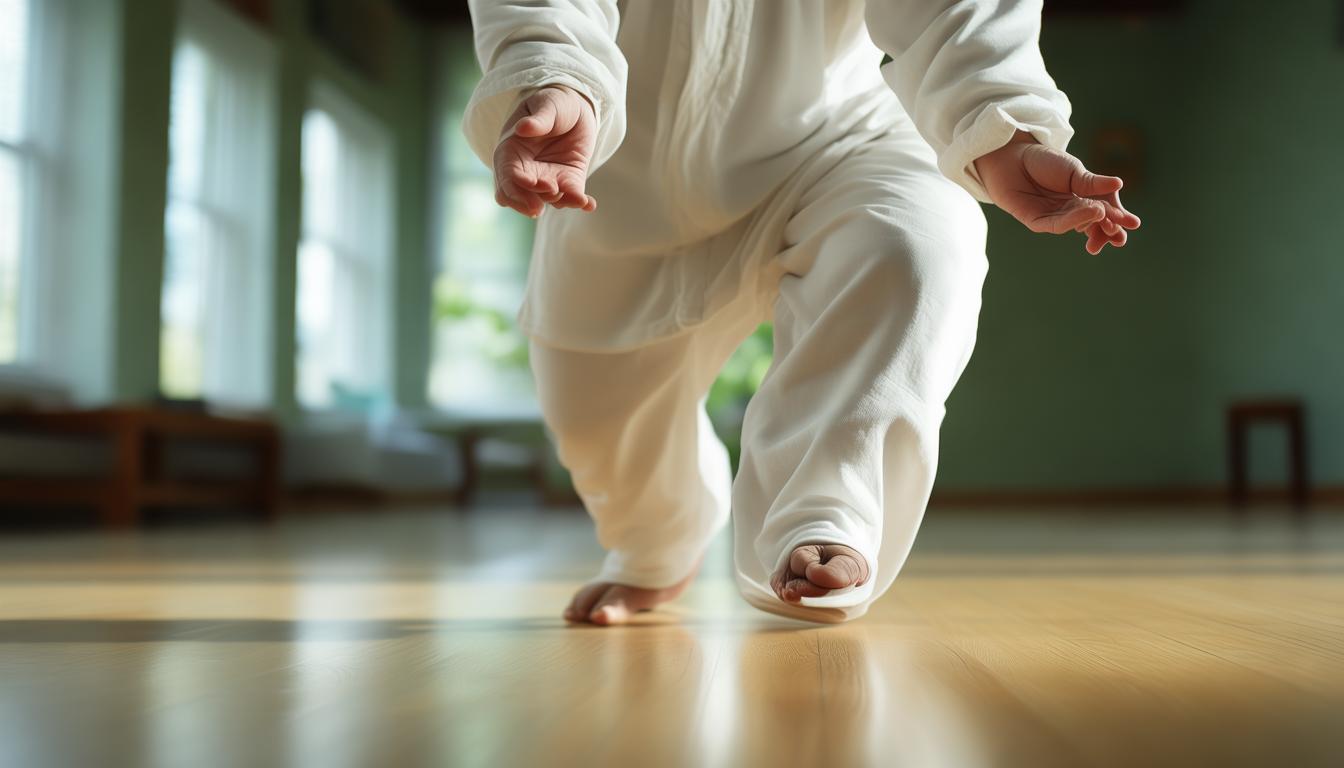Tai Chi exercises, as a treasure of traditional Chinese martial arts, bring together the wisdom of Yin and Yang philosophy, the theory of traditional Chinese medicine meridians and the basic principles of meridians. By practicing Tai Chi, people can not only strengthen their physical fitness, but also promote spiritual cultivation, so that their body and mind can achieve balance and harmony in the changes in movement and stillness. Below, I will introduce Tai Chi skills in detail from several angles.
The origin of the practice
The origin and evolution of Tai Chi skills are closely linked to China's long-standing cultural traditions. It is deeply inspired by the Yin-Yang theory in ancient philosophy, and advocates the harmony of Yin-Yang and the coordination of hardness and softness. Our ancestors gradually compiled this unique set of exercises by observing nature and understanding the inner laws of the human body. Take Tai Chi as an example. It originated in the late Ming and early Qing dynasties and was founded by Chen Wangting of Chenjiagou. It has gone through the inheritance and evolution of countless generations to form the style we see today.
Action Features

The movement characteristics of Tai Chi exercises are significant, manifested as slow, soft, coherent and flexible movements. Each movement is like flowing clouds and clear streams, continuous. When practicing Tai Chi, the human body is like a stream between mountains, and each move flows like ripples. Whether it is raising hands or kicking legs, we pursue moderation and precision. Unlike those explosive martial arts, Tai Chi contains huge energy in peaceful movements.
Fitness effects
Practicing Tai Chi has many benefits for the body. First of all, it can strengthen muscles, enhance joint flexibility and body stability, and is especially suitable for middle-aged and elderly people. Long-term practice can strengthen cardiopulmonary function and improve digestive system. On the psychological level, Tai Chi helps relieve stress and relax the spirit. During the practice, people concentrate on every move, thus abandoning distracting thoughts and making their hearts calm.
Daily training

There are several key points to pay attention to when practicing Tai Chi daily. First, choose a place where you can circulate peacefully, such as a park or riverside. Before formal training, you should warm up, such as easy waist rotation and leg pressing. When practicing, you should stay focused and breathe smoothly. For beginners, practice for about half an hour a day. As your physical fitness gradually adapts to Tai Chi And Diabetes Courses Online , you can gradually extend the practice time. In addition, if you can have an experienced master to guide you, your progress will be faster.
Cultural connotation
Tai Chi skills contain rich essence of Chinese civilization. This is not just a way to exercise the body, but also reflects a kind of wisdom of life. The concept of yin and yang that it advocates teaches us to learn to seek balance and tolerance in our daily lives. For example, when we encounter difficulties and setbacks, we should imitate Tai Chi, use softness to overcome hardness, and maintain inner peace; and in the face of good times, we should not be complacent, and we should know how to be vigilant in times of peace. All of this allows us to deeply understand the depth and breadth of Chinese traditional culture during the process of practicing martial arts.
Do you have any unique insights or experiences in the process of practicing Tai Chi? Don't forget to like and forward this article!


